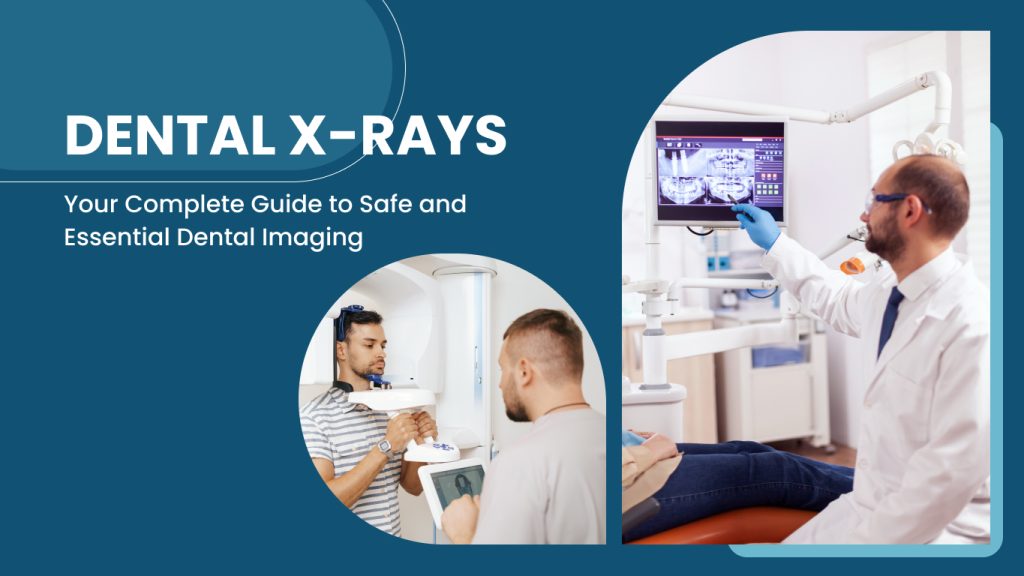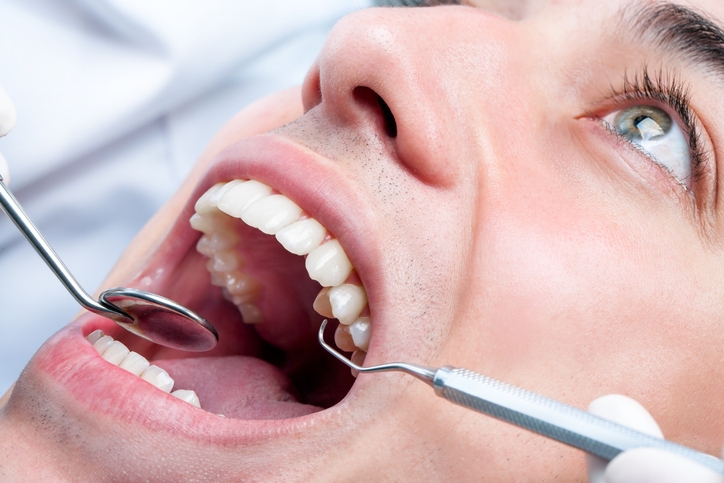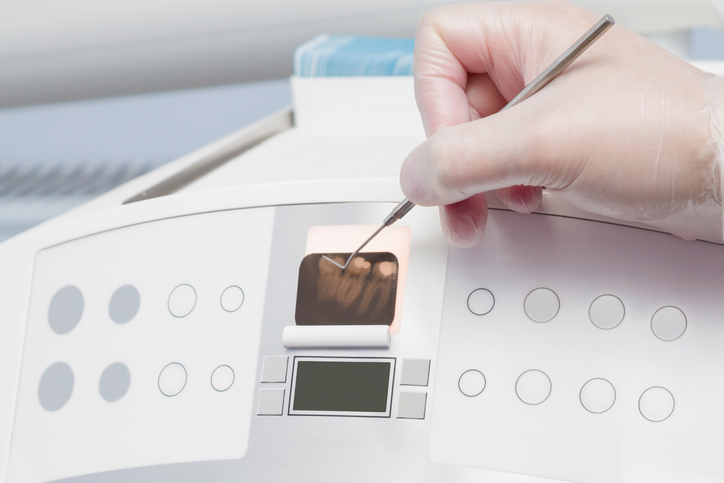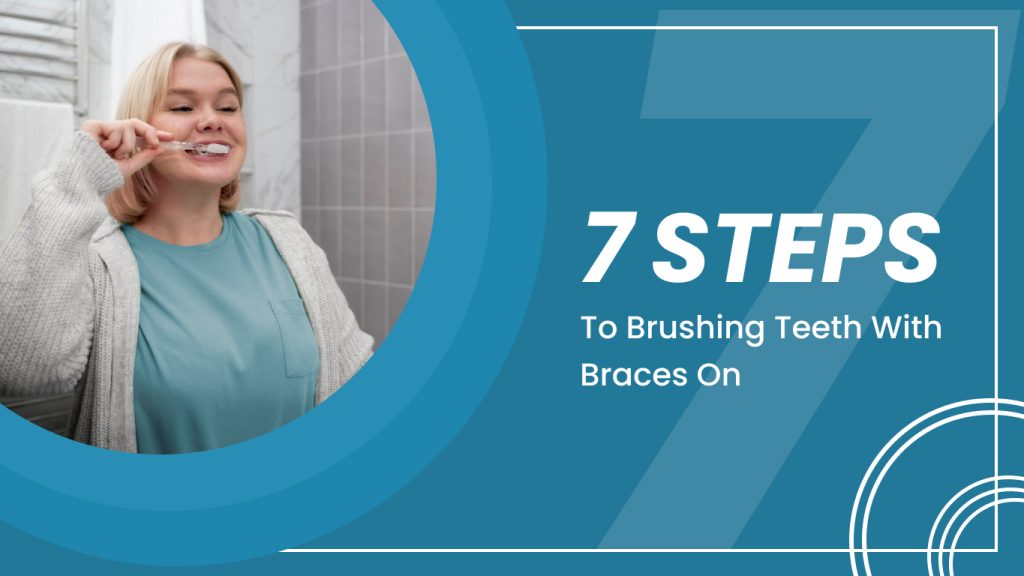Dental X-Rays: Your Complete Guide to Safe and Essential Dental Imaging
When you visit your dentist, dental X-rays are often one of the most important diagnostic tools used to assess your oral health. The powerful dental images allow dental professionals to…









